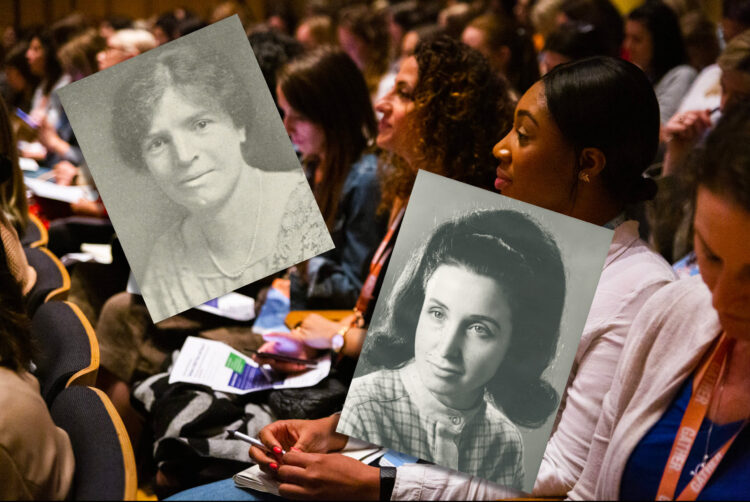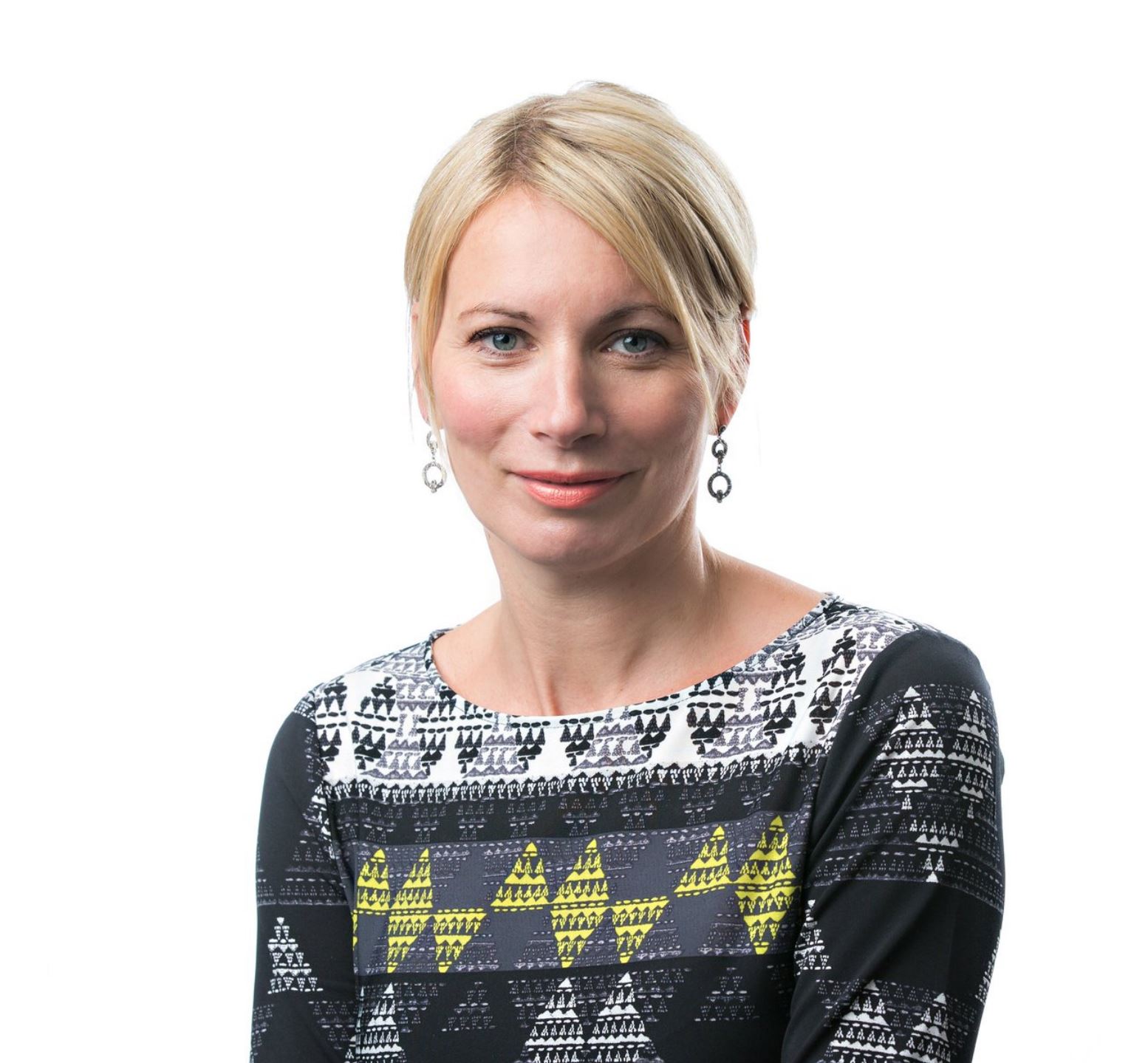Everything that’s wrong with the ‘women-in-media question’

Opinion
We’ve just celebrated one hundred years of Wacl, but women in media must remember the journey has only just begun.
I’m always being asked the women-in-media question.
I was often asked it when I was president of WACL in 2018/19 – and I’m still asked it regularly as the CEO of Electric Glue. I’m returning to it now as I survey the honour board of inspiring women, produced to celebrate Wacl’s centenary.
This question takes many forms, as varied (and as revealing) as the questioner but the heart of the matter is this: Why have women made more progress, seemingly, on the media side of the UK industry than on any other?
When I say progress I mean, of course, relative progress. Even in media, where women have been excelling for a century, it’s slow going and we’ve still not exactly achieved parity of opportunity. But we’re getting there, albeit slower than any of us would like.
Aren’t we? I can’t help wondering what Wacl’s first president Marion Jean Lyon would make of today’s media industry. Because of course she was a true pioneer and a media one at that.
The advertising manager at Punch, she was the magazine’s first female executive and the first woman to run the ad sales operation at any British publication.
On 3 September 1923 Lyon was one of 19 women executives who gathered for dinner in the luxurious Hotel Cecil on London’s Strand to discuss forming an advertising club for women — a dinner, ironically, hosted by men. John Cheshire, C Harold Vernon and William Crawford were leading members of the Thirty Club, who earlier that year had persuaded their American counterparts to attend the International Advertising Convention planned as part of the giant British Empire Exhibition at Wembley in 1924. With 2,000 US delegates expected, they recognised that many women advertising professionals would make the journey across the Atlantic and the organisers would need help hosting them. The Women’s Advertising Club of London (Wacl) was duly founded and Marion elected its first president.
One thing’s for sure: Marion would have known all about the women-in-media question. And she would probably be perplexed that it’s still being asked — though she might see it as an opportunity, as I do, for some straight talking.
Because of course, it’s underpinned by a rather telling assumption — and it has implications not just for women across the totality of the advertising industry but for women generally in business and in the wider society.
The likely assumption is that women should have struggled to establish themselves in media. In the advertising domain, surely, their metier should have been the supposedly fluffier stuff. The more socially oriented aspects of account management. Or creative output. Or, on the media owner side, writing and directing and commissioning and scheduling.
Not a part of the industry whose centre of gravity is numbers, the dog-eat-dog world of negotiation and strategy derived from statistical insight.
Media is now stronger because it’s more female
This sort of analysis is wrong on two main counts, obviously. It betrays a worrying ignorance about what really matters at the commercial heart of the media sector. And it makes crass assumptions about female capabilities.
The industry’s recent evolutionary story proves that the winners in this sector are those who’ve realised instinctively that the media world must be about collaboration. That it is about win-win deals rather than prevailing in some arcane ritual of confrontation.
Interestingly, you can also argue that women have prospered fastest in advertising roles where performance can be assessed objectively.
It’s easier to block a woman’s career path if it only requires you to belittle her efforts and progress in a creative department meeting. Performance numbers are far harder to contradict.
And media, of course, is where the numbers and creativity get gloriously entangled.
Wacl history shows beyond doubt that women prospered notably from the 1980s onwards — when media owner businesses proliferated and became ever-more sophisticated; and media agencies evolved to finesse new types of media planning and buying techniques as well as developing innovative partnerships.
The sector has become more female as it has evolved. Or let’s put it another way: it has evolved because it has become more female.
Prominent Wacl members in the 1980s and 90s included IPC’s legendary consumer magazine guru Joan Barrell; Channel 4’s audience research and marketing supremo Sue Stoessl; and Judith Salinson, recently made an OBE, who co-founded a progressive new outdoor planning company, British Posters — destined to morph into Harrison Salinson and now Posterscope.
The Guardian’s Caroline Marland, who’d become Fleet Street’s first female ad director in 1983, stepped up to become Managing Director in 1995. And 1997 was a landmark year when former Zenith Media boss Christine Walker launched Walker Media.
Britain’s got (female) talent
So, yes, women have made progress in advertising in general and media in particular — a progress, you could argue that has been accelerating in the first couple of decades of this century.
Of course, there’s still much to do. One of Wacl’s most significant initiatives in recent years is the #timeTo campaign, developed in tandem with Nabs and an Advertising Association committee chaired by a hugely influential Wacl member, Channel 4’s Tess Alps. With the backing also of Isba and the IPA, #timeTo seeks to eradicate sexual harassment in the media, advertising and marketing industry. I represent Wacl on the steering committee and feel passionately about this cause.
And there are lots of other big issues — flexible working, for instance — that we must tackle if we’re serious about furthering equality of opportunity for women not just in our industry but across the economy.
But there must be cause for optimism when you look at the calibre of the media women currently active in Wacl. This list speaks for itself: Carolyn McCall (ITV), Karen Blackett (WPP), Kathryn Jacob (Pearl & Dean), Nicola Mendelsohn (Meta), Claudine Collins (WPP), Philippa Brown (Omnicom), Annie Rickard (OOH Capital), Karen Stacey (Digital Cinema Media), Lindsey Clay (Thinkbox), Jane McNeill (IAB UK), Lindsay Pattison (WPP), Sue Frogley (Publicis Groupe), Kate Waters (ITV), Katie Lee (WPP), Natalie Bell (Omnicom), Alex Mahon (Channel 4), Jane Wolfson (Hearst), Nishma Robb (Google).
An astonishing array of media industry talent (and there’s so many more that I could mention).
It’s important, though, that we not only celebrate the achievements of a recent generation of Wacl women in media but remember what a long road we’re on.
Marion Jean Lyon… here’s to you. I can’t say we’ve only just begun. Maybe it might be more fitting to say, when we toast your memory, that the best is yet to come.
 Pippa Glucklich is CEO of independent media agency Electric Glue.
Pippa Glucklich is CEO of independent media agency Electric Glue.




